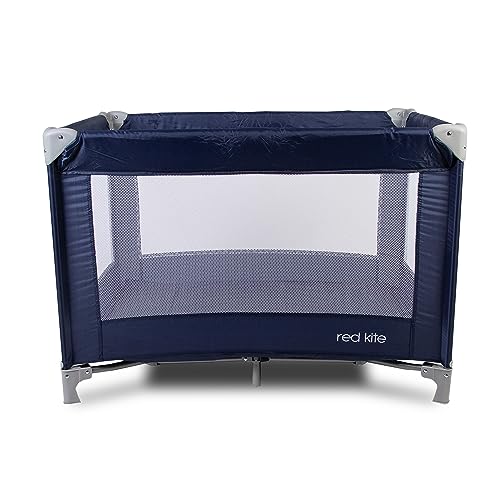How to Choose a Sale Cot
Mortuary cots are a crucial piece of equipment for funeral homes and hospitals. They permit staff to safely and securely transport bodies. They also provide a respectful and comfortable resting area for the body.

COTS items are important in the federal market, but can be difficult to manage. This blog will discuss how COTS products fit into GSA schedules, as well as other regulations for government procurement.
Cost-effectiveness
The use of commercial-off-the-shelf (COTS) products allows procurement agencies to gain efficiencies by purchasing items that are readily available from the marketplace. This reduces the development time as well as the cost of life. It allows procurement agencies to take advantage of the latest technology advancements and industry experience.
However it is crucial to remember that COT definitions are a subjective matter and that different organizations may have a differing lens to define what is an actual COTS item. This can be problematic for a company that relies on a consistent methodology to calculate government prices accurately. Wholesalers and GPOs, for instance, typically have an inventory that is not identical to the list used by manufacturers to determine prices for government. A properly documented SOP and a COTS reference library are crucial elements to implement an efficient and consistent method to assign COTs.
Reliability
Sale cot is an important purchase for mortuary facilities. It should be sturdy and reliable enough to withstand heavy usage. It should also be easy to transport and set up. The manufacturer should offer excellent customer service in the event of any after-sales issues. Also, get cots and tots from your employees prior to making the final decision. They are the ones who use the cots and can confirm if it's robust and reliable.
Wholesalers and GPOs give COT designations which are not in line with the list of the manufacturer. This is due to many factors, such as changing business models, mergers, and acquisitions. This creates challenges for consistent application of an objective lens to the classification of COTS.
Durability
Durability is a major factor for sale cots as they have to be able to endure the rigors of frequent use and transportation. They are used by many funeral homes to display the remains of deceased persons. They should be strong enough to support the weight of caskets as well as other things. Cots must also be resistant against corrosion and have an easy-to-assemble and stable structure. It is also essential to choose a company that provides customer service and is able to assist with any problems that may arise following the purchase.
Solid wood cots are among the ideal furniture for babies because they are sturdy and less likely to be contaminated with toxic chemicals or off-gassing compared to composite materials such as MDF or Chipboard. They also look more appealing than other alternatives that are less expensive.
If you're seeking a cot that can double as a lounger The Westport design from Silver Cross might be the perfect choice for you. It's made of a sturdy material and comes with three different height levels for growing babies. The instructions aren't always clear however, this cot is worth it once you understand them.
The Helinox Cot One may be the tiniest cot, but it is not as durable as other models we have evaluated. It also has a lot of parts and therefore is more difficult to put together than other cots. However, it's very comfortable and is a good choice for backpackers. It's also 14 oz lighter than Thermarest Luxury Lite and Sleep Rite.
Safety
If you're supplying children's cots, ensure that they are in compliance with the safety standards. This is an essential step to prevent injuries and deaths to children. This can be done by asking your supplier if their products have been independently tested. Ask them to provide you with a copy of the results. Alternately, you can arrange your own testing.
No matter if you're buying new or second hand, it's important to check the safety of your cot before sleeping your baby in it. You should look for a certification of conformity from the manufacturer, and explicit labels and warnings. It should not have sharp edges, protrusions or gaps that can hold a child's finger or leg. In addition, there should be no footholds in the cot can be used by a child to climb out.
Check that the mattress of a cot is flat and clean. It should be able to fit comfortably without any gaps, and the bottom edge of the lowest rail should not be higher than 30 millimetres away from the mattress base. If the cot's base is adjustable, make sure it is set to the lowest position.
Check that the slats and filler bars have been firmly fixed, and that they do not have any tiny holes which could catch clothing. Bolts, nuts and corner posts must not be more than 5mm from the ground to prevent children from catching their fingers. Make sure the cot is not near drapes or blinds that are loose and could easily be snatched by tiny hands.
Lastly, look for a label that indicates that the cot has been evaluated to the standards required by law and is in compliance with Australian Standards AS/NZS 2172:2003 Cots for household use-safety requirements. This is the only assurance that the cot is safe and suitable for sleeping. It is illegal for retailers, antique stores and second-hand shops to sell antique cots without labels and certificates.
Accidents occur, even though manufacturers and designers try to make sure that their products are safe. Older cots used by older children may not meet safety standards and may cause suffocation or foreign body ingestion.
